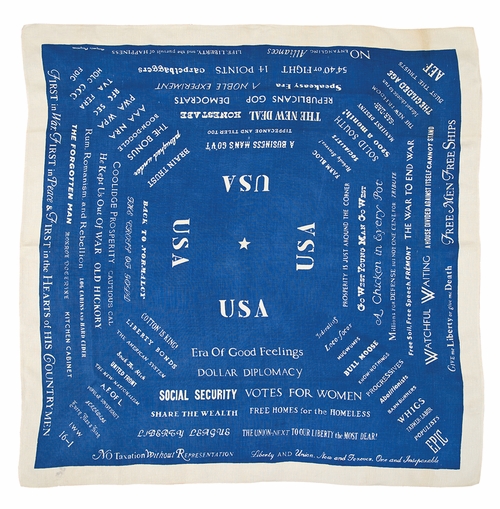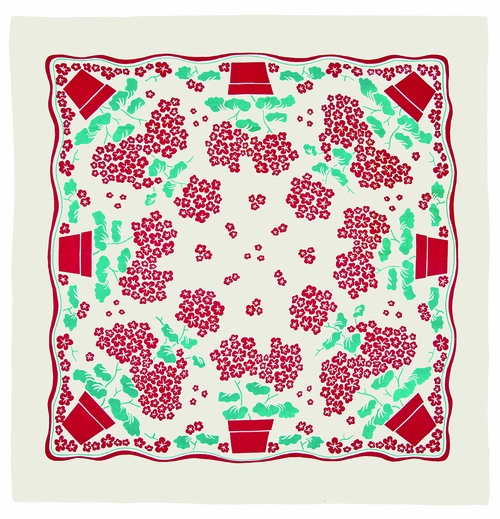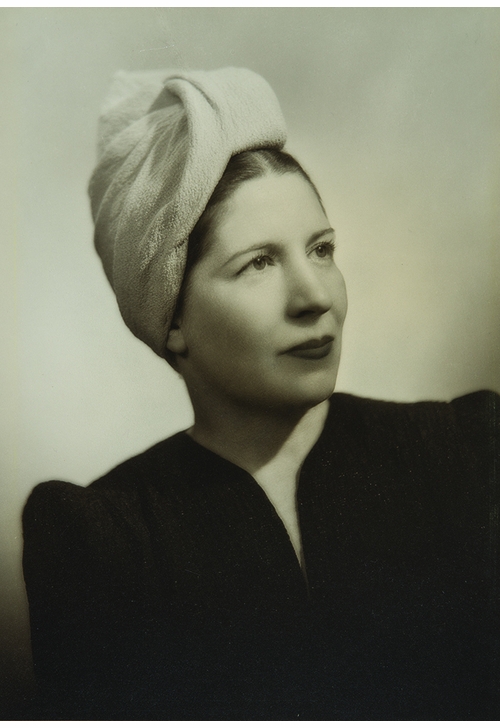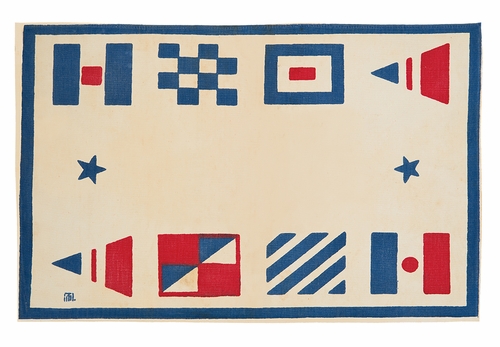ARTBOOK BLOGEventsStore NewsMuseum Stores of the MonthNew Title ReleasesStaff PicksImage GalleryBooks in the MediaExcerpts & EssaysArtbook InterviewsEx LibrisAt First SightThe Artbook 2024 Gift GuidesArtbook Featured Image ArchiveArtbook D.A.P. Events ArchiveDATE 1/14/2025 Join us at the Atlanta Gift & Home Winter Market 2025DATE 1/2/2025 Wishing You the Beauty of the MysteriousDATE 12/31/2024 Happy New Year from Artbook | D.A.P.DATE 12/26/2024 An ode to holiday pleasuresDATE 12/24/2024 Happy Holidays from Artbook | D.A.P.DATE 12/18/2024 BMCM+AC presents David Silver on 'The Farm at Black Mountain College'DATE 12/17/2024 Good news for open mindsDATE 12/14/2024 A fascinating new study of Helen Frankenthaler & Co.DATE 12/12/2024 Donlon Books presents the London launch of 'More Than the Eyes: Art, Food and the Senses'DATE 12/12/2024 A fresh new take on Black Mountain CollegeDATE 12/8/2024 The Primary Essentials presents a book signing with JJ ManfordDATE 12/8/2024 ‘Larry Sultan & Mike Mandel: Evidence’ is back in print at last!DATE 12/7/2024 Artbook at Hauser & Wirth Los Angeles Bookstore presents Chloe Sherman on 'Renegades San Francisco: The 1990s' | EVENTSMADDIE GILMORE | DATE 3/24/2017Maddie Gilmore on the Textiles of Marguerita MergentimeMarguerita Mergentime has largely been forgotten in the history of American design, but she is the subject of West Madison Press's sprightly new book Marguerita Mergentime: American Textiles, Modern Ideas. Born into a wealthy German-Jewish family in New York City in 1894, she embarked upon an "unorthodox" education in design, beginning with the progressive, hands-on approach of the Ethical Culture School in Manhattan, and culminating in evening art classes and self-directed independent study at the Metropolitan Museum of Art. Mergentime and her vibrant, uninhibited printed kitchen linens emerged on the New York design scene in the post-war 1930s—a time when manufacturers and industrial art institutions alike were beginning to shape a uniquely American style, coaxing "Americana" into the design sensibility of modern homes. Marguerita Mergentime: American Textiles, Modern IdeasWest Madison Press LLC $39.95 free shipping |



